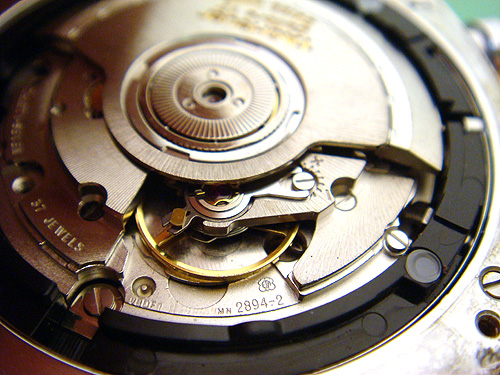
Earlier this week we talked about watch servicing. We concluded that an overhaul is a labour intensive and time consuming process which requires skills gained by years of practicing.
We also concluded that the more complex the movement, the more costly it is to service it.
Over the years many watch manufacturers went out of business for the very reason they got into it in the first place: a complex product which required labour and skills in both manufacturing and maintenance was often too expensive for the average watch owner.
The advancement of battery operated watches in late 70s and early 80s brought the Swiss watch industry to the brink of extinction. Only the fittest and strongest of watchmakers survived the Japanese onslaught.
"Brand name" Swiss makers concentrated their efforts on high end product. Small guys disappeared, and those in middle who had manufacturing capabilities or provided a unique service to the industry were eventually absorbed by the big players.
In the 1980s some Swiss makers ventured into the field of modular engineering. This was an effort to retain mechanical complexity, yet to make the end product easier to manufacture and assemble - and eventually, easier to service.
In reality, the concept itself is as old as watchmaking. The final result is always a compromise - not necessary from a performance aspect but rather from the 'purist' view. More about purists later.
Here is the essence of modular watch technology.
As you already know, the watch movement consists of various 'blocks' which are cleverly put together in order to measure and display time. While some of those blocks work extremely hard 24/7, (escapement, train wheels, main spring, auto winding system), others perform certain actions only every now and then (calendar, day/date function). And then, there are some which are only engaged on demand - like a stop watch. Ironically, those blocks which do the least amount of work are often the most complex ones to pull apart, assemble and adjust.
Practically, due to functional integration and complexity (you hate that word too, do you?) and necessity to pack all those blocks together in a slim line watch movement, an overhaul would demand COMPLETE disassembly of ALL blocks, including those which may not need service as often as main spring or escapement.
So, you may ask (and rightly so!) would it be possible to engineer a watch mechanism where components are physically grouped in such way which would retain complexity, yet simplify production, assembly and maintenance?
The answer is yes - and it is called the ETA 2894-2.
Here is a picture of a TAG Heuer Monza which is equipped with ETA 2894-2 movement.
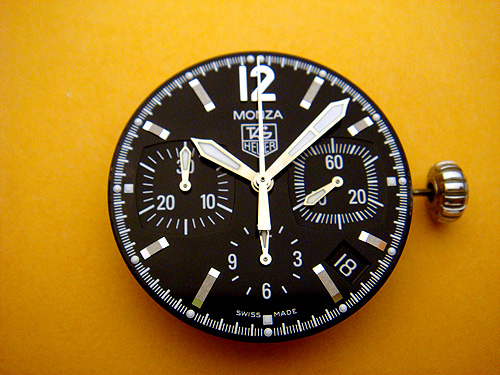
It is a self-winding (automatic) watch with date and chronograph (stop watch) function.
A typical example of a 'standard' Swiss watch made for a novice watch enthusiast.
There is not much to be seen from the dial side, so here is a photo of the back:
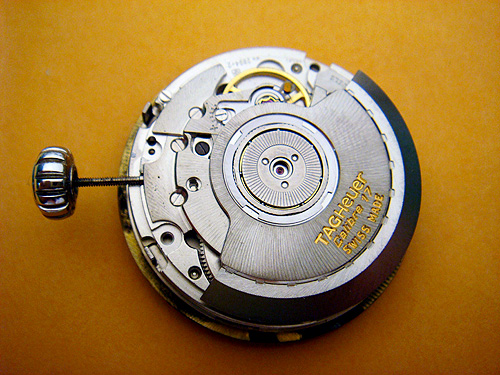
Again, from this view, 2894-2 looks like any ordinarily automatic watch-
except for one detail: there is no sign of a chrono unit!
Well not until you remove 3 screws and separate two modules:
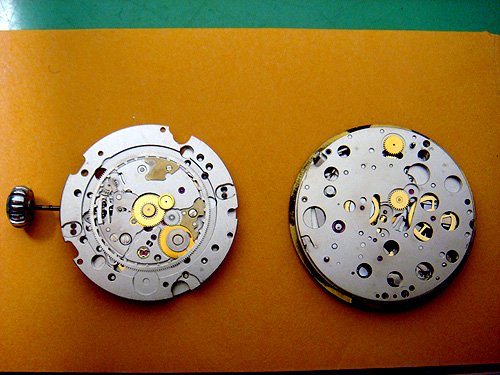
The module on the left is a 'work horse' and it contains all the hard working bits and pieces which require regular overhaul.
On the right, the chrono module hoses a very complex but low-maintenance unit.
The level of modular integration (or should I say: modular separation) is really amazing. Unfortunately, the photos above do not reveal much of the complexity - not only each unit contains close to 100 parts, but each module does what it is supposed to do even when completely separated! Another important detail is in the fact that the motion from one unit is transferred to other in just 3 'points of contact': via the seconds, minutes and calendar wheel.
If you are a mechanically minded person, then you would appreciate how difficult it is to "break" the motion yet still maintain precision in execution and accuracy in performance.
Here is a photo which shows those 3 points of connection:
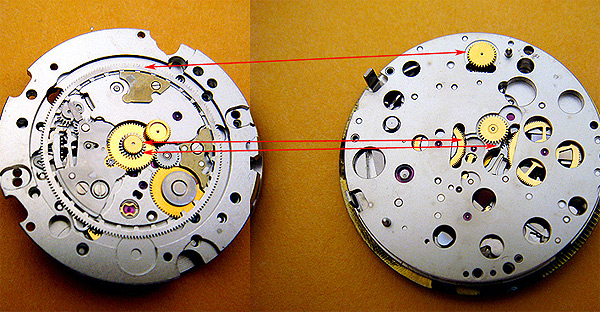
It goes without saying that watchmakers just adore the modular concept! If there is no fault in the chrono or calendar unit, a watchmaker can overhaul the watch without even having to remove the dial and hands! A 4 hours job reduced to 45 minutes.
Now, by disclosing all this information to you, you may think you have enough ammunition to accuse your watchmaker of cutting corners. However, don't use that argument- the chrono spare parts are not available from ETA. In case of fault,
ETA would supply a complete module only. So by not pulling it apart, your watchmaker is actually saving you some serious money!
Of course, the base module should be serviced the same way as any other automatic watch.
Apart from TAG Heuer, there are number of other Swiss makers who happily use the very same movement – most noticeably, the Omega Speedmaster Reduced automatic chronograph. And here is a tip: the adjective reduced does not refer to it's size (39mm) but to omission of a date function :-)
If you are still reading this article then you are probably asking yourself one logical question: why aren’t there more Swiss "sandwich" movements out there?
The answer to this question is: blame the purists!
If the critics are failed actors, then the purists are failed critics!
Purists are watch 'enthusiasts' who have their own view about everything watch related. There is of course nothing wrong with that - except that such view is based on an extremely narrow minded understanding of watchmaking and horology in general.
If I make a statement that "classical music is the only one worth listening to, except perhaps for jazz" then that would give you a fairly good idea of how narrow minded and disjointed I am. Also, this would be a great moment to switch to a completely different subject - or even better, leave the room.
Watch purists are exactly like that. They only recognize a handful of watch manufacturers as "true watchmakers" and everyone else who does not fit in their narrow-minded view are not worth worshiping.
For a purist, a modular movement is a betrayal of the watchmaking tradition, which, according to them, demands that all components must be placed in layers only above or below the main plate. There are number of other pre-requisites for a watch brand to qualify as 'purists approved' but most of them are complete nonsense so I don't even want to go there.
Of course, the current trend of the Swiss industry is towards complex, labour intensive, highly branded products designed to please wealthy purists, not an average watch owner or God forbid - a watchmaker. Old-fashioned watchmakers believe in conspiracy theory that Swiss watch houses are infiltrated and managed by a new generation of purists who come from high fashion, banking and management background, not the watchmaking side of business and who will continue to push watch production beyond common sense.
Practical, serviceable and affordable are no longer engineering pre-requisites.
A humble watches like the TAG Monza or Omega Speedmaster based on modular ETA 2894-2 calibre are already part of horological history.
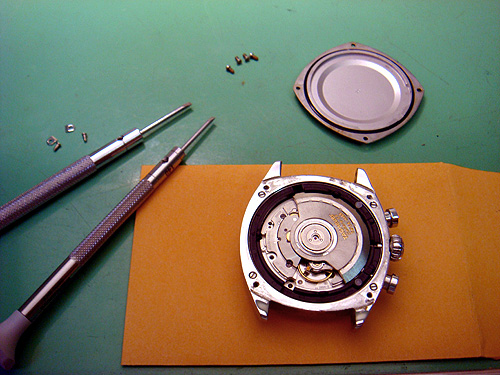


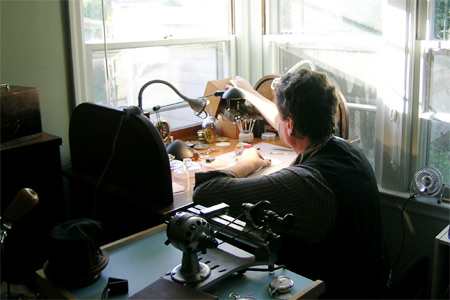
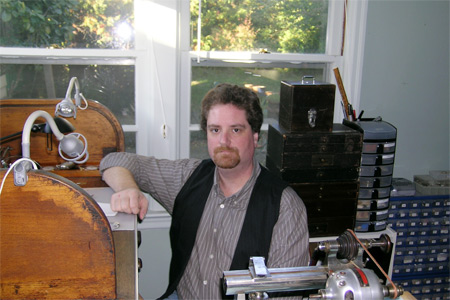






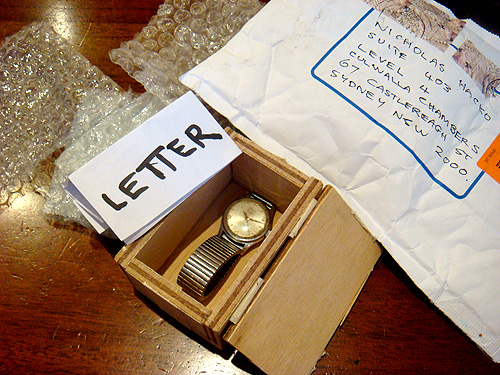
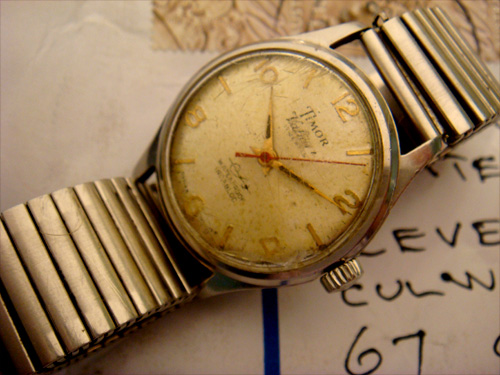
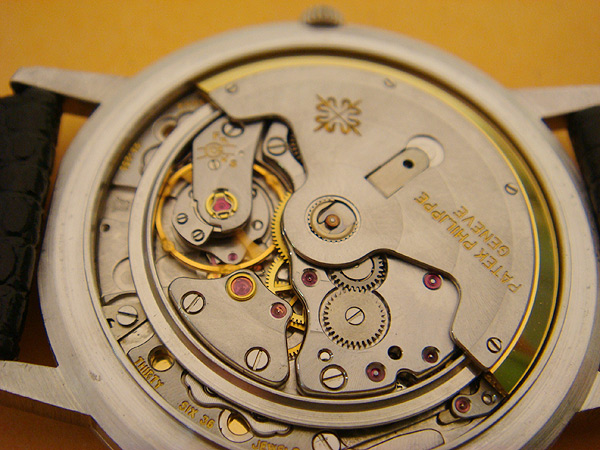
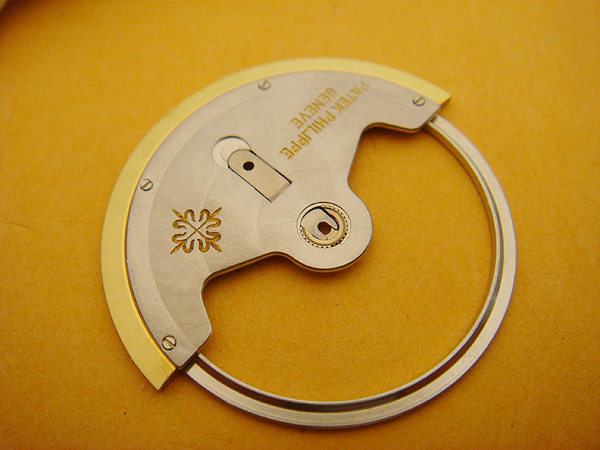
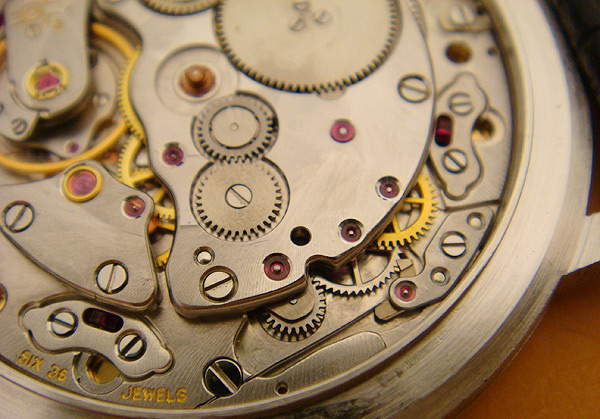
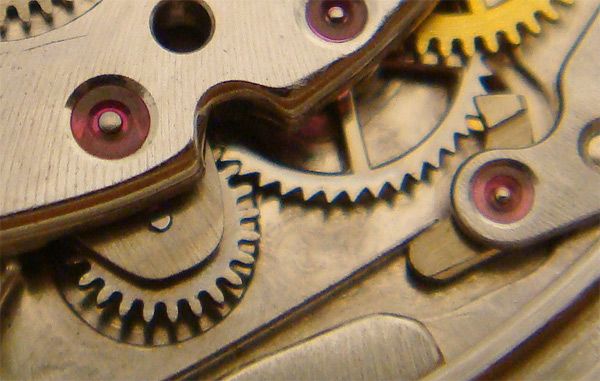
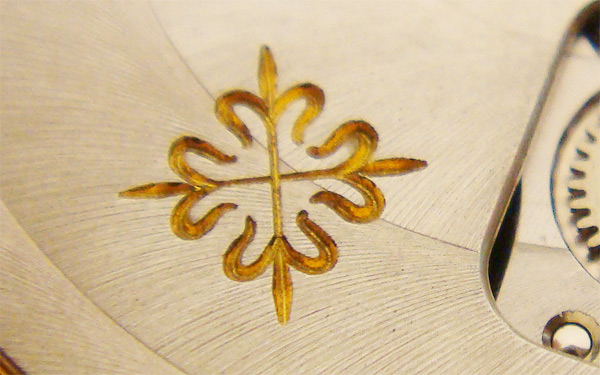
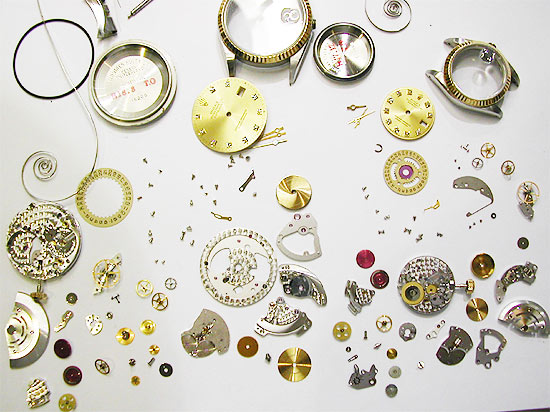





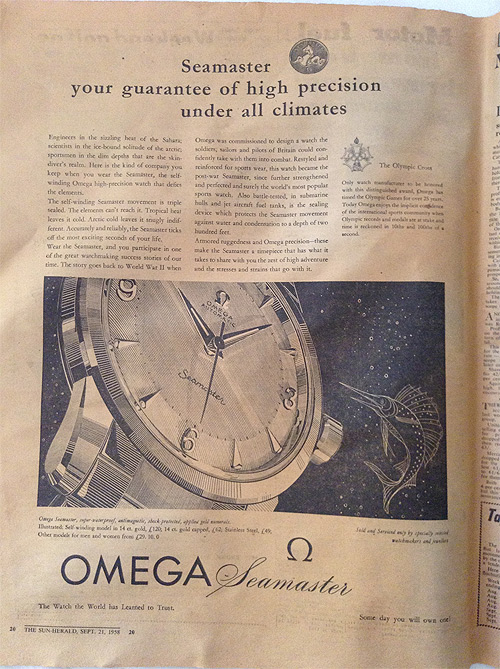







 Not only is the engraving identical in shape and size to many I've seen before, but it was partially oxidized, to the same degree as the rest of the movement - which was proof that it has not been engraved at some later stage. This was good news indeed.
Not only is the engraving identical in shape and size to many I've seen before, but it was partially oxidized, to the same degree as the rest of the movement - which was proof that it has not been engraved at some later stage. This was good news indeed.








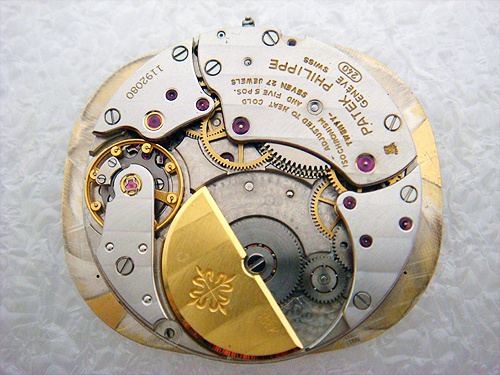

 There are three things you should know about the Jaeger Le Coultre Reverso:
There are three things you should know about the Jaeger Le Coultre Reverso:
